2005-01-27 16:02
Lunar new year offers needed break for transpacific shipping
Week-long Asia holidays allow carriers to clear cargo backlogs, repair and maintain ships, prepare for 2005 growth.
Container shipping lines in the Transpacific Stabilization Agreement (TSA) see some potentially positive benefits to an expected February-March slowdown in Asia-U.S. cargo, particularly following the traditional Lunar New Year factory closures in Asia February 7-11.
After a third straight year of record cargo growth, and with 2005 demand expected to grow by a further 10-12%, carriers say they need some breathing room to clear cargo backlogs at Southern California terminals and inland rail yards. They also need time to drydock ships for routine maintenance and repair that have run non-stop during 2004. Finally, lines are bracing themselves for when cargo demand rebounds as early as mid- to late February especially given the January 1 elimination of worldwide apparel quotas, and an expected migration of related production to Asia.
?t this point, we?e defining a ?lowdown?as 80-85% vessel utilization, perhaps falling briefly to around 70% in February and recovering a week or two later?explained TSA Executive Director Albert A. Pierce.
The Asia-U.S. container market posted 14.4% cargo growth in the first three quarters of 2004, to 3.82 million 40-foot containerloads (FEU). Nearly 57% of that volume was shipped from China alone in the first three quarters of 2004. January-September China cargo volumes grew by nearly a third, compared with the same period in 2003. China?comparative advantage and high-volume production capability in textile and apparel manufacturing could, by some estimates, help it capture as much as half of the total U.S. market for textiles and apparel once quotas are lifted, representing a surge in new container traffic.
U.S. West Coast ports still receive some 70% of container cargo shipped from Asia to the U.S., even with the shift to all-water East and Gulf Coast services during the past year. Los Angeles and Long Beach by themselves handle 43% of total U.S. containerized imports. The Panama Canal continues to operate at around 95% capacity, and the combination of congestion, rising canal fees and a shortage of vessels of optimum size to transit the Canal are inhibiting further all-water service expansion.
TSA is a voluntary discussion and research forum of 13 major container shipping lines serving the trade from Asia to ports and inland points in the U.S.
Container shipping lines in the Transpacific Stabilization Agreement (TSA) see some potentially positive benefits to an expected February-March slowdown in Asia-U.S. cargo, particularly following the traditional Lunar New Year factory closures in Asia February 7-11.
After a third straight year of record cargo growth, and with 2005 demand expected to grow by a further 10-12%, carriers say they need some breathing room to clear cargo backlogs at Southern California terminals and inland rail yards. They also need time to drydock ships for routine maintenance and repair that have run non-stop during 2004. Finally, lines are bracing themselves for when cargo demand rebounds as early as mid- to late February especially given the January 1 elimination of worldwide apparel quotas, and an expected migration of related production to Asia.
?t this point, we?e defining a ?lowdown?as 80-85% vessel utilization, perhaps falling briefly to around 70% in February and recovering a week or two later?explained TSA Executive Director Albert A. Pierce.
The Asia-U.S. container market posted 14.4% cargo growth in the first three quarters of 2004, to 3.82 million 40-foot containerloads (FEU). Nearly 57% of that volume was shipped from China alone in the first three quarters of 2004. January-September China cargo volumes grew by nearly a third, compared with the same period in 2003. China?comparative advantage and high-volume production capability in textile and apparel manufacturing could, by some estimates, help it capture as much as half of the total U.S. market for textiles and apparel once quotas are lifted, representing a surge in new container traffic.
U.S. West Coast ports still receive some 70% of container cargo shipped from Asia to the U.S., even with the shift to all-water East and Gulf Coast services during the past year. Los Angeles and Long Beach by themselves handle 43% of total U.S. containerized imports. The Panama Canal continues to operate at around 95% capacity, and the combination of congestion, rising canal fees and a shortage of vessels of optimum size to transit the Canal are inhibiting further all-water service expansion.
TSA is a voluntary discussion and research forum of 13 major container shipping lines serving the trade from Asia to ports and inland points in the U.S.





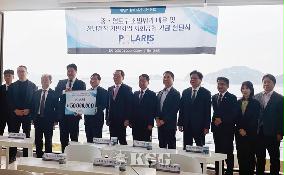

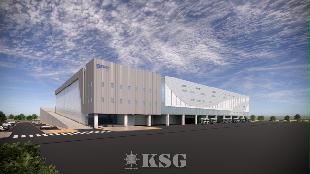
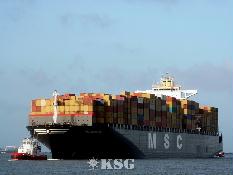
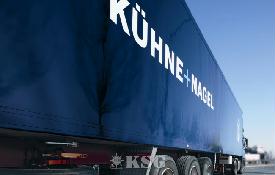


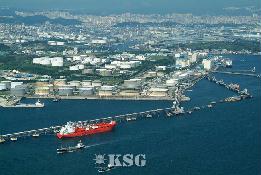
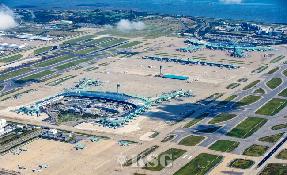
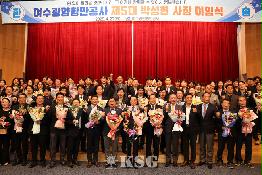
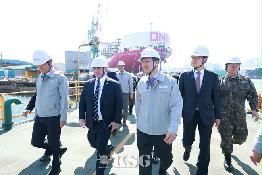

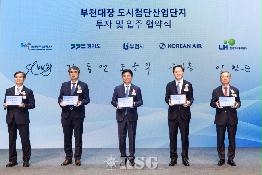
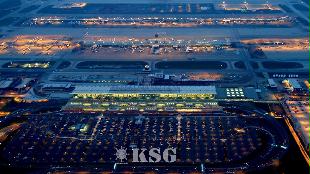
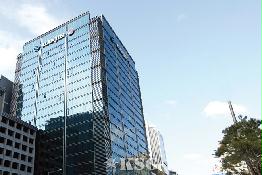
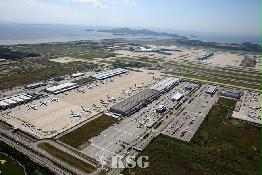
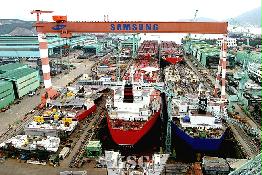
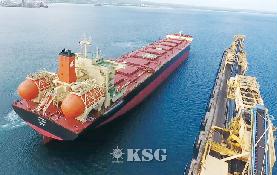
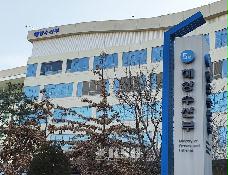
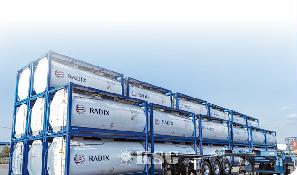

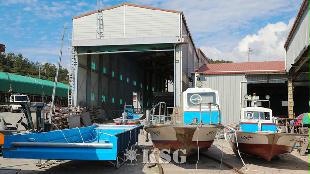

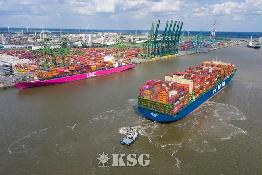
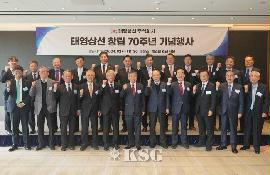
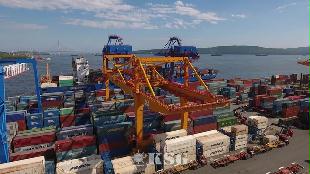







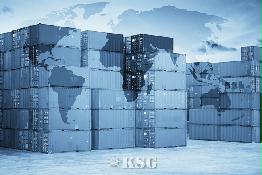
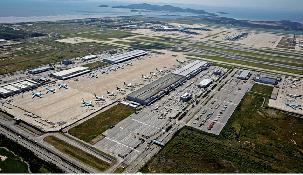
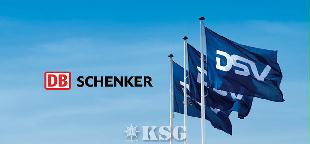
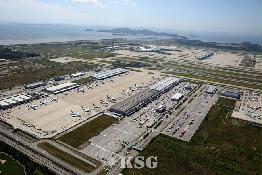
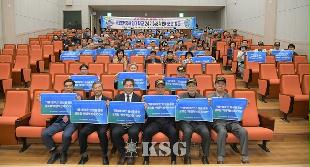





















0/250
확인